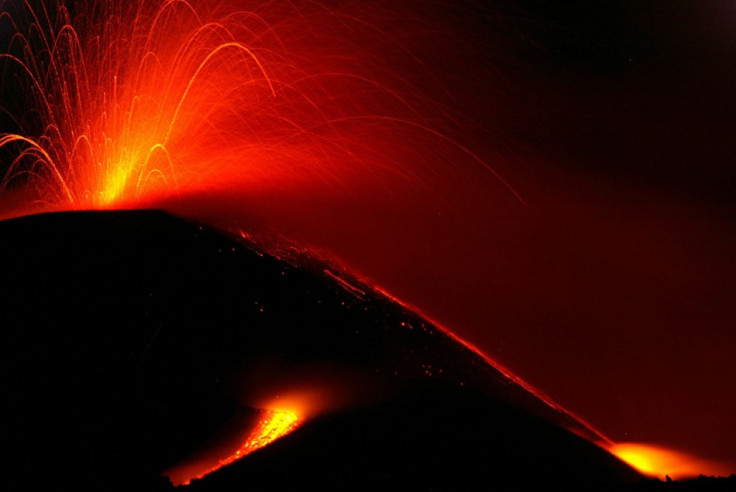Deadly Super Volcanic Eruptions May Occur Faster than Previously Thought

Super volcanic eruptions that have the potential to end our civilization, might occur within a few hundred years, suggested a new report.
Scientists from the Vanderbilt University have discovered that deadly super eruptions that could kill thousands of people might occur within a few hundred years which was revealed when they were analysing the volcanic eruptions that had occurred in the past.
Geologists generally believe that a super-eruption is produced by a giant pool of magma that forms a couple of miles below the surface and then simmers for 100,000 to 200,000 years before erupting.
However, the new study suggests that once they form, these giant magma bodies may only exist for a few thousand years, perhaps only a few hundred years, before erupting.
"Our study suggests that when these exceptionally large magma pools form they are ephemeral and cannot exist very long without erupting," said Guilherme Gualda, Assistant professor of earth and environmental sciences at the Vanderbilt University, in a statement.
Super volcanic eruptions are huge eruptions, which is 100 times more than the ordinary volcanic eruptions like Mount St. Helens. They spew out tremendous flows of super-heated gas, ash and rock capable of blanketing entire continents and inject enough particulate into the stratosphere to throw the global climate into decade-long volcanic winters.
In fact, there is evidence that one super-eruption, which took place in Indonesia 74,000 years ago, may have come remarkably close to wiping out the entire human species.
Scientists analysed magma remnants of the Bishop Tuff, a welded tuff that was formed 760,000 years ago during a major super volcanic eruption using latest technology to know about the magma formation.
The study found several independent lines in the Tuff that proved that the magma pool was formed within a few thousand years, perhaps within a few hundred years, before it erupted, covering half of the North American continent with smoldering ash.
"The fact that the process of magma body formation occurs in historical time, instead of geological time, completely changes the nature of the problem," said Gualda.
"Instead of concluding that there is virtually no risk of another super-eruption for the foreseeable future because there are no suitable magma bodies, geologists need to regularly monitor areas where super-eruptions are likely, such as Yellowstone, to provide advanced warning if such a magma body begins to form," Gualda concluded.
© Copyright IBTimes 2025. All rights reserved.





















